In rainbows
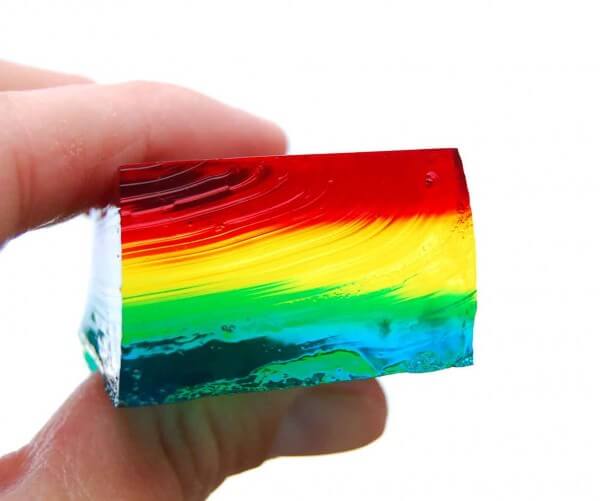
This looks like a delicious dessert for a spring day. Maybe something to eat when you’re wandering around Wuppertal…
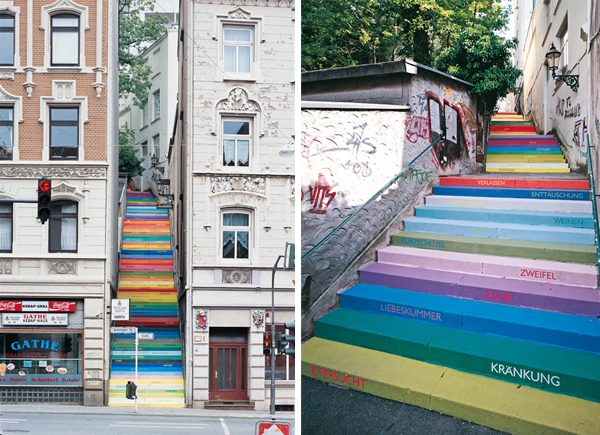
And maybe if you were carrying…
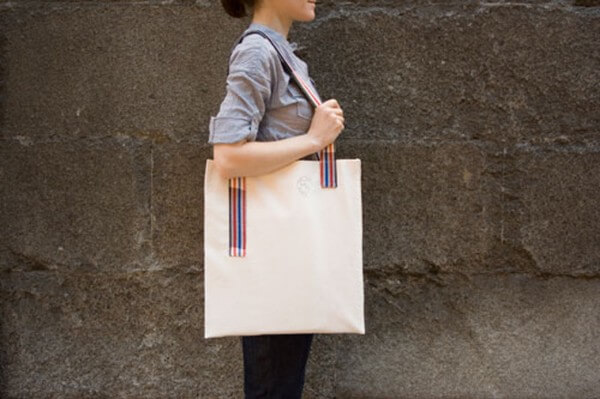
On such a colorful day, you might run into someone like this:
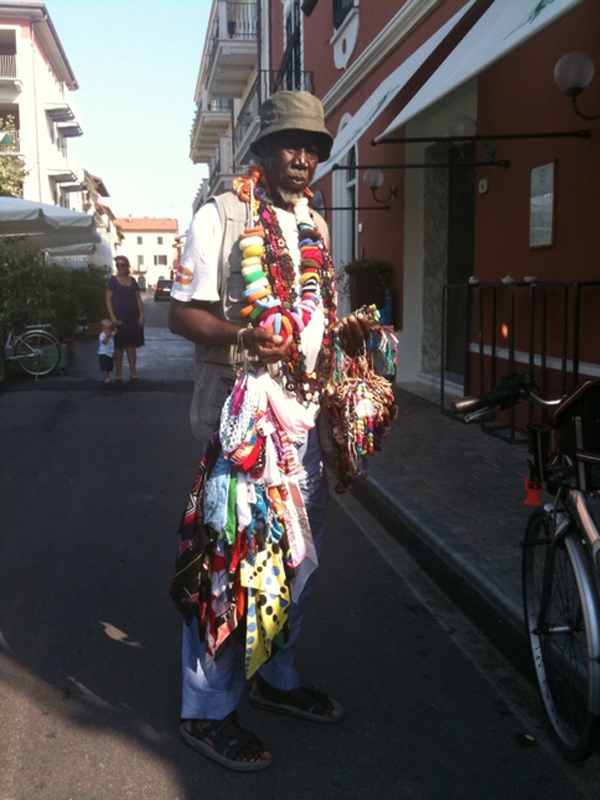
And then if you got tired, you’d come home and take a seat:
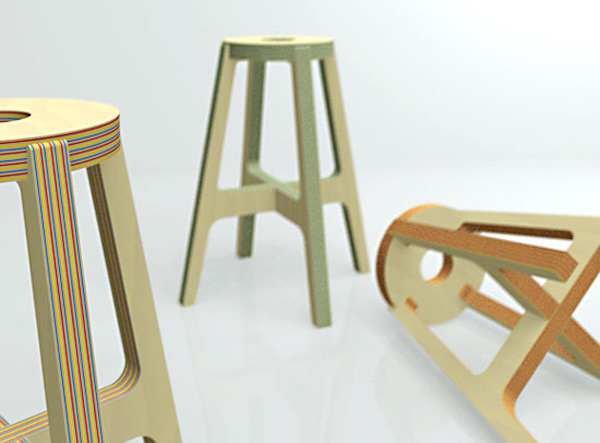
My files are full of these joyful, colorful images that have caught my eye at one point or another. I save them up in folders with names like spirals and candy and things that look like ice cream. Then I forget what I put in them, and sometimes when I go in and open them up they are like little presents. This is the contents of my rainbows folder, now emptied out so I can start gathering anew!
Top to bottom: Rainbow jello, via DailyCandy; Holsteiner stairs in Wuppertal, by Horst Gläsker; Bolsaco by SuTurno; Photo by Paul Smith, posted on his (maddeningly non-permalinked) blog 13 August 09; Paper-wood stool by Drill Design.
ps: I love how Paul Smith describes his photo, above. He says, “this man is also a shop,” which is such a lovely window into his view of retailing. If you’ve ever walked through one of his whimsical, eclectic shops, you can immediately see the connection to this image, and the notion that selling is secondary to the pleasure of being among (and creating) arrangements of delightful things.

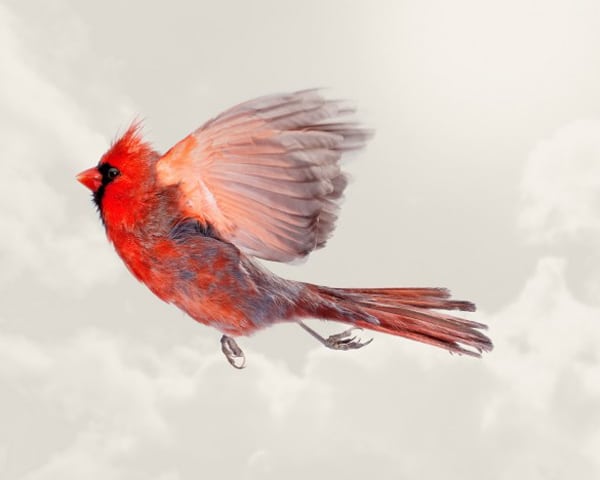
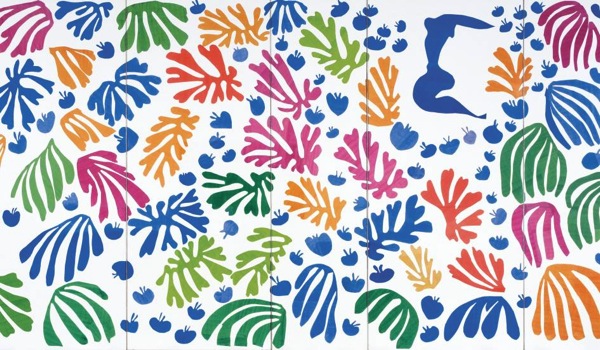
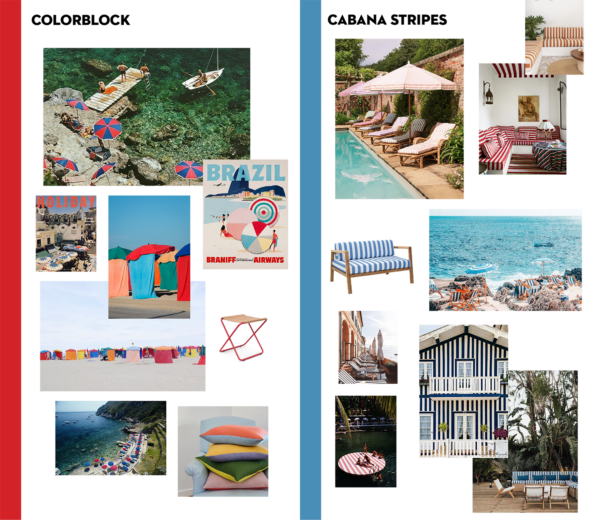

Discussion (2 Comments)
I don’t know what the concept was behind the Wuppertal steps but I think it’s kinda funny that you see the stairs as something joyful based on their colors, yet the words written on the steps are not happy words…They are German words for envy, sickness, panic, confusion, etc.
Thanks, Monica. Really interesting. I don’t speak German (though if I’d looked closely, I probably could have understood “panik”). Clearly the artist had some ironic intention, the irony being caused by the gap between how fast (and how far away) the brain processes the emotional content of aesthetics and the subsequent processing of the emotional content of language. Obviously the irony is lost on a non-speaker, or a even pre-literate child. In that case only the aesthetic emotional meaning remains, which in a way makes it a great illustration of the universal quality of aesthetics as an emotional language.